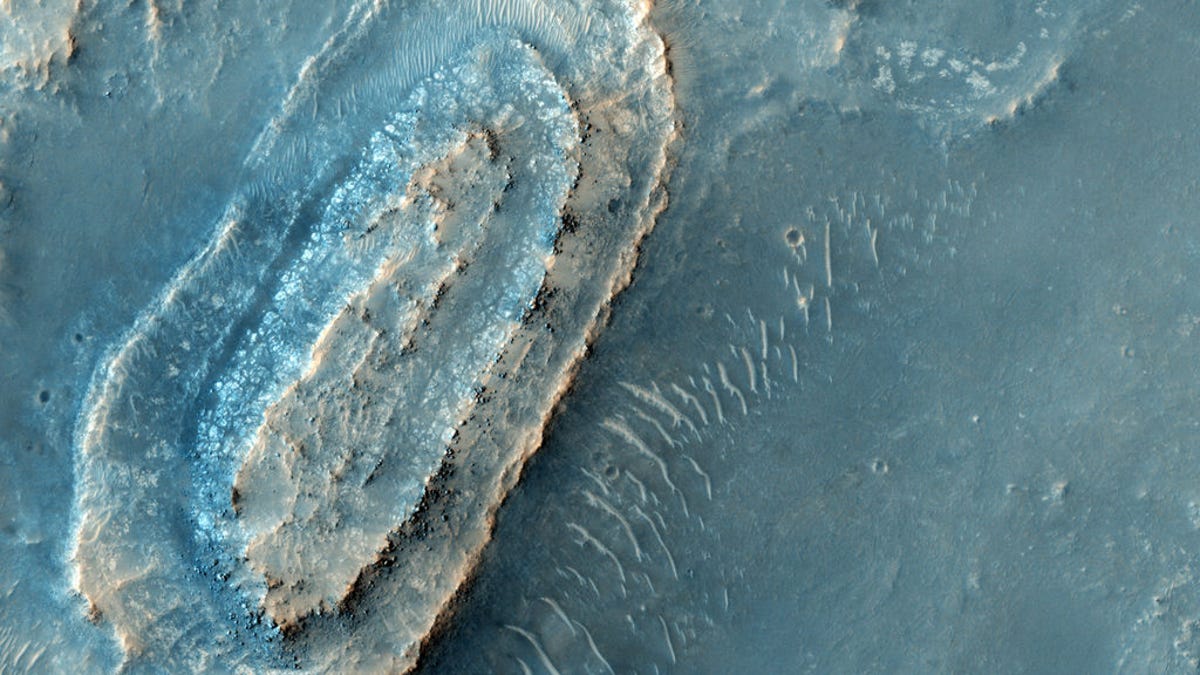NASA's next Mars rover will land at one of these three sites
The Mars 2020 rover will delve into the planet's history of water and possible microbial life. But first NASA must decide where it'll land.
NASA's Curiosity and Opportunity rovers will soon be joined by another mechanical friend. The Mars 2020 rover will seek out signs of past microbial life on the Red Planet. With the launch date getting closer, the US space agency is trying to decided where exactly it should land.
Scientists gathered this month for the third in a series of workshops aimed at choosing the new rover's landing site on Mars. The 30 potential landing locations were winnowed down to just three, all of which are intriguing.
Candidate 1: Columbia Hills in the Gusev Crater shows evidence that it was once home to a hot mineral spring. NASA's Spirit rover, which launched in 2003 and became inactive in 2010, operated in the Gusev crater. If this becomes the target of a second rover mission, then we could learn more about the watery history of the region and the possible presence of a dried-up lake bed.
This image is made from four frames taken by the Spirit rover in 2004.
Candidate 2: The Jezero Crater also hints at a watery past for the Red Planet. "More than 3.5 billion years ago, river channels spilled over the crater wall and created a lake," NASA notes. This could be a prime spot for signs of microbial life that may have survived there in wetter times.
Candidate 3: The final candidate is Northeast Syrtis, an area that was both wet and warm thanks to volcanic activity. "Microbes could have flourished here in liquid water that was in contact with minerals," says NASA.
Any one of the three could result in fascinating new discoveries, but we'll have to wait for the researchers to convene again to find out which is crowned the eventual winner.
Besides hunting for signs of life, the Mars 2020 rover will assess its new home for possible human exploration and collect samples that could one day be returned to Earth by a future mission.
The Jezero Crater shows signs of water-carved landscapes.
Life, disrupted: In Europe, millions of refugees are still searching for a safe place to settle. Tech should be part of the solution. But is it?
Virtual reality 101: CNET tells you everything you need to know about VR.


